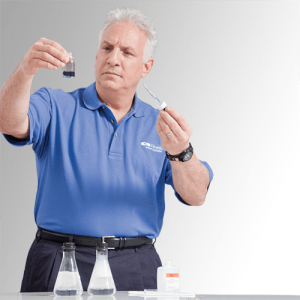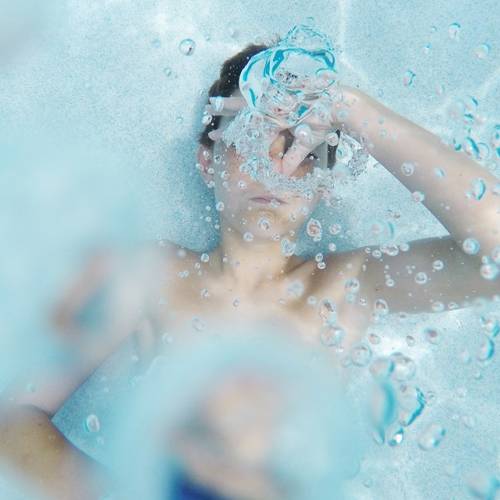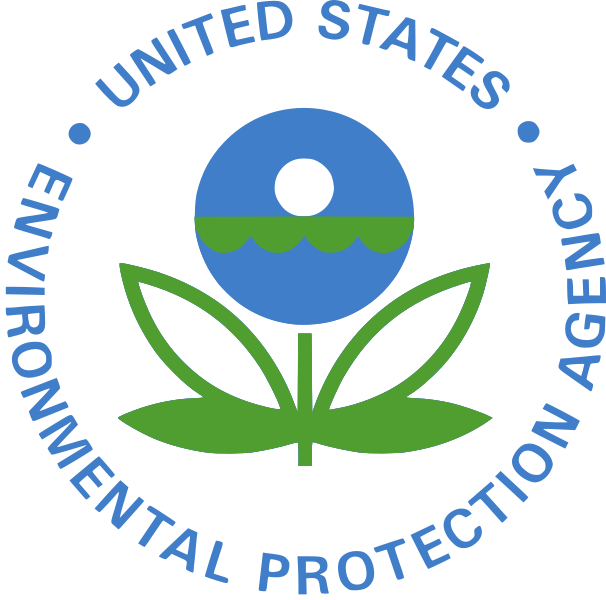Understanding Chlorine in Drinking Water
Chlorine is commonly used to disinfect drinking water, but it can sometimes cause a noticeable chlorine smell or taste. It may also lead to dryness of the skin and make hair difficult to manage.
Drinking water is considered safe as long as chlorine or chloramine levels remain below 4 milligrams per liter. While this limit might sound concerning, it doesn’t necessarily mean your water is contaminated. At levels below this threshold, no harmful health effects are known.
However, when chlorine or chloramine concentrations exceed this level, they can pose health risks and may require treatment.
Why Municipalities Use Chlorine and Chloramines in Water Treatment
Municipal water systems use chlorine or chloramines to disinfect water and protect against harmful microorganisms that cause diseases like typhoid fever, dysentery, cholera, and gastroenteritis. The addition of chlorine has been highly effective in significantly reducing waterborne illnesses that were once common.
While small amounts of chlorine are generally safe to consume, high levels can pose serious health risks.
The Environmental Protection Agency (EPA) permits the use of both chlorine and chloramine in water treatment. However, many water plants are transitioning from chlorine to chloramine for several key reasons:
-
Chlorine can react with organic matter in water, creating byproducts that may lead to health issues over long-term exposure.
-
Chlorine sometimes dissipates before reaching the end of the water distribution system, potentially allowing some germs to survive.
-
Chloramine remains effective longer in pipes and produces fewer harmful byproducts. https://www.epa.gov/dwreginfo/chloramines-drinking-water
How to Remove Chlorine and Chloramine from Your Water
While the levels of chlorine and chloramine in your home water supply are generally safe to drink, many people choose to install water filtration systems to remove these chemicals for better taste, smell, and overall water quality.
A whole-house carbon filtration system can effectively reduce chlorine and chloramine, but it’s important to know that each chemical requires a slightly different type of filter:
-
Standard Activated Carbon (made from coconut shells or coal) is highly effective at removing chlorine.
-
Catalytic Carbon Beds are designed to break down and remove chloramine. However, these filters typically need to be replaced after about a year of use.
-
Kinetico® Hollow-Core Carbons (HCCs) represent an advanced filtration technology, offering up to 10 times more active filtration sites per carbon particle. This greatly extends the life of the filter, with tests showing effective chloramine removal for up to four years, depending on water conditions.
Choosing the right filtration system can significantly improve your water quality and reduce exposure to these chemicals.

Get your water tested FREE by the water experts at Clearwater Systems to learn about the options available in filtering out chlorine or chloramines, and to ensure that your water is safe and free of these chemicals.
Contact us today!





